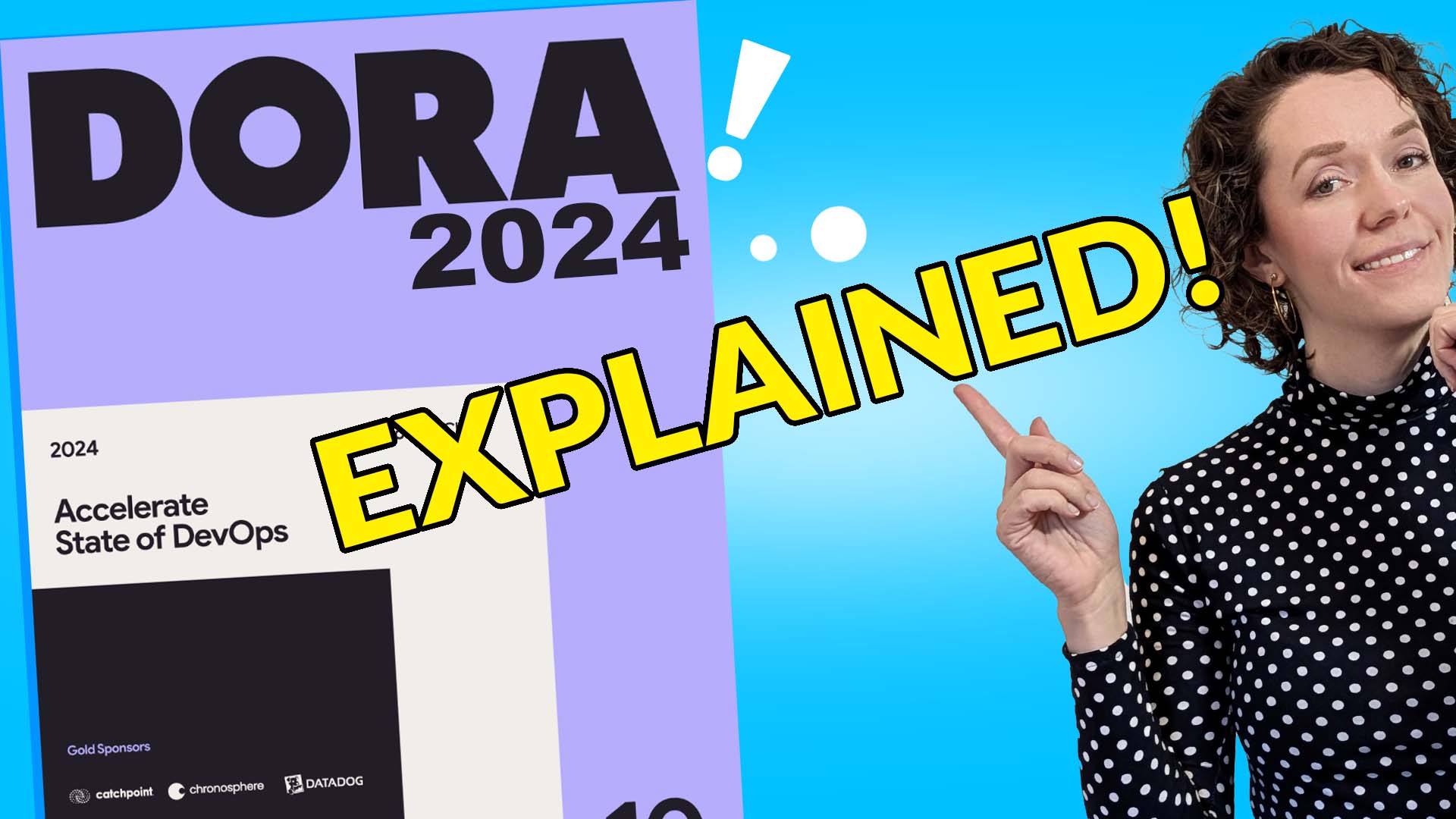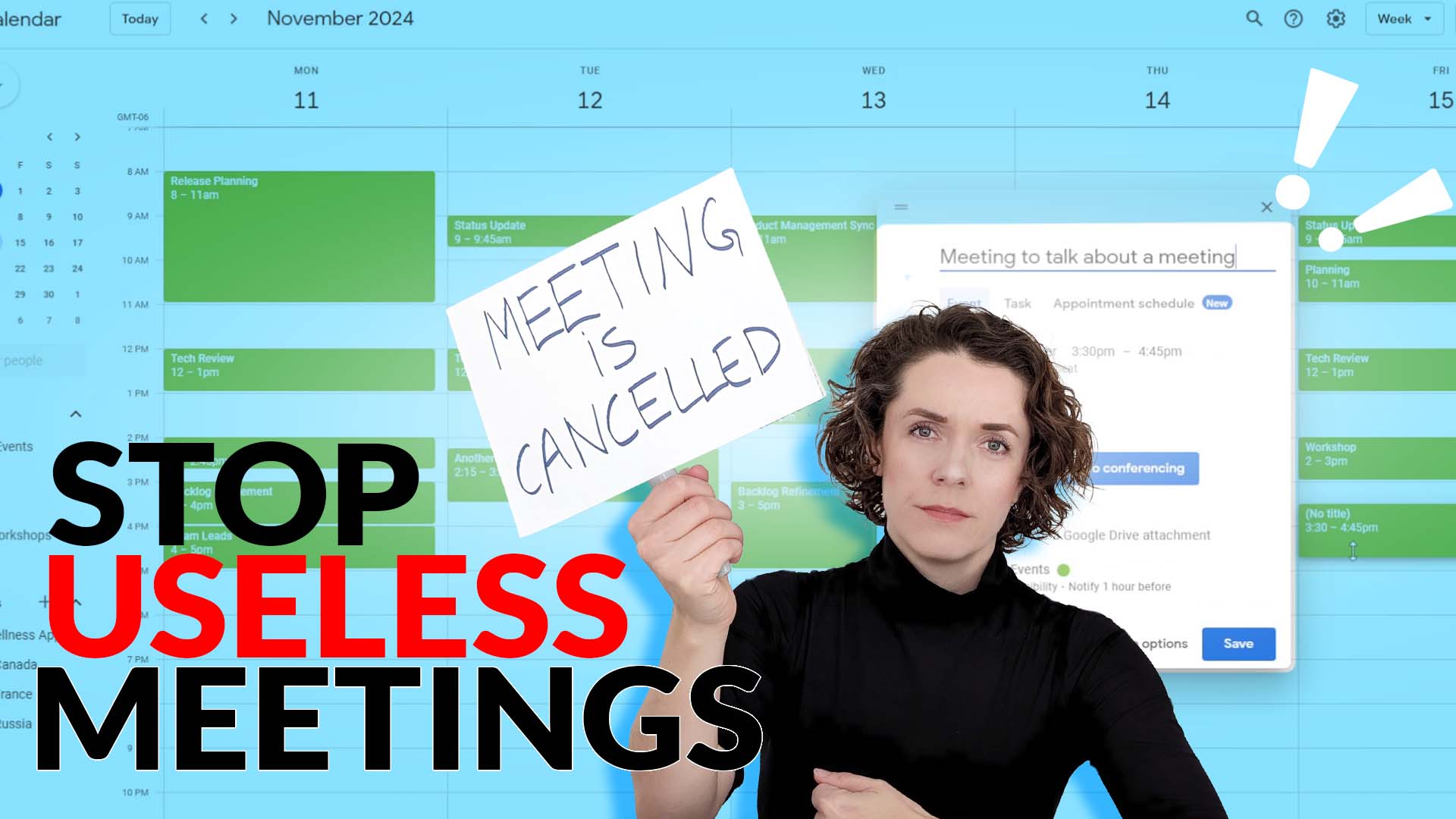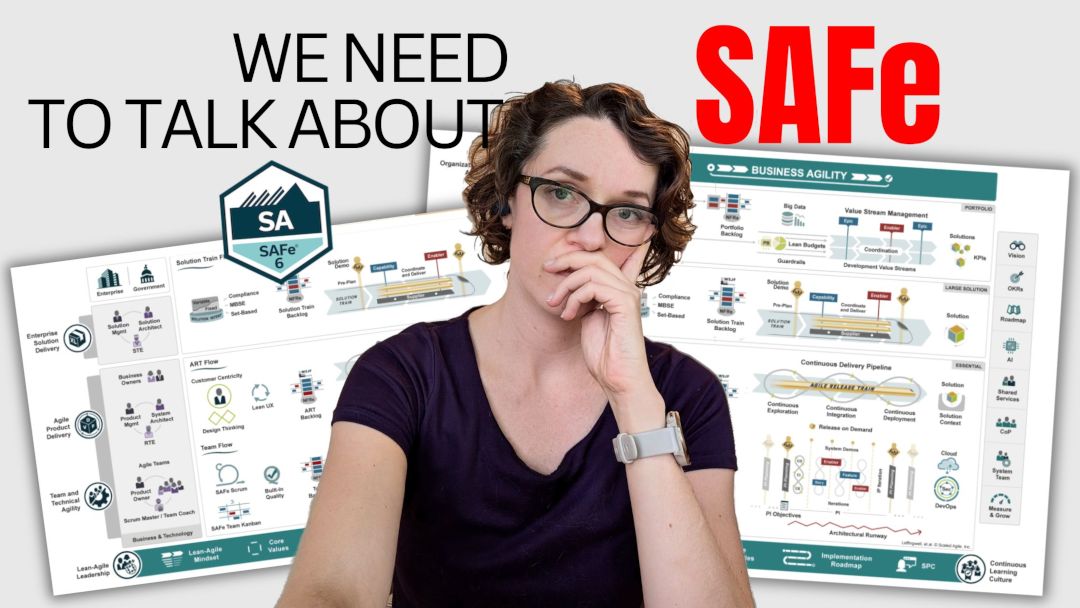Have you ever felt like you’re juggling too many things at once and can’t seem to catch a break? Do you find yourself saying yes to opportunities even when they don’t align with your priorities? If so, you’re not alone. And that’s where Essentialism comes in. In this blog post, I’ll share with you why Essentialism is important and what you can learn from the Essentialism book.
Just to give you a bit of context. Not that long ago I read the book called “Essentialism” by Greg McKeown, and now this is my favorite book this year. One of the reasons is that it’s so well aligned with most of the key ideas that we teach in Agile. Let’s dive in to see how you can use it to help others understand Agile and essentialism.
What is Essentialism?
Essentialism is a philosophy that focuses on the idea that almost everything in life is non-essential. The goal is to identify the most important things in life and eliminate anything that’s not essential. This helps us to focus our time, effort, and energy on what really matters. In other words, it’s all about making better choices and prioritizing our goals.
Why Essentialism is Important
In today’s world, we’re bombarded with information and opportunities left and right. It can be difficult to differentiate between what’s important and what’s just noise. That’s why Essentialism is so important. It helps us understand the reality of trade-offs and the importance of focusing on the vital few instead of the trivial many. By embracing Essentialism, we can make better choices, prioritize our goals, and achieve success.
Almost everything is non-essential. If you don’t choose the essential, you will end up wasting your time, effort, and energy, and will get nowhere.
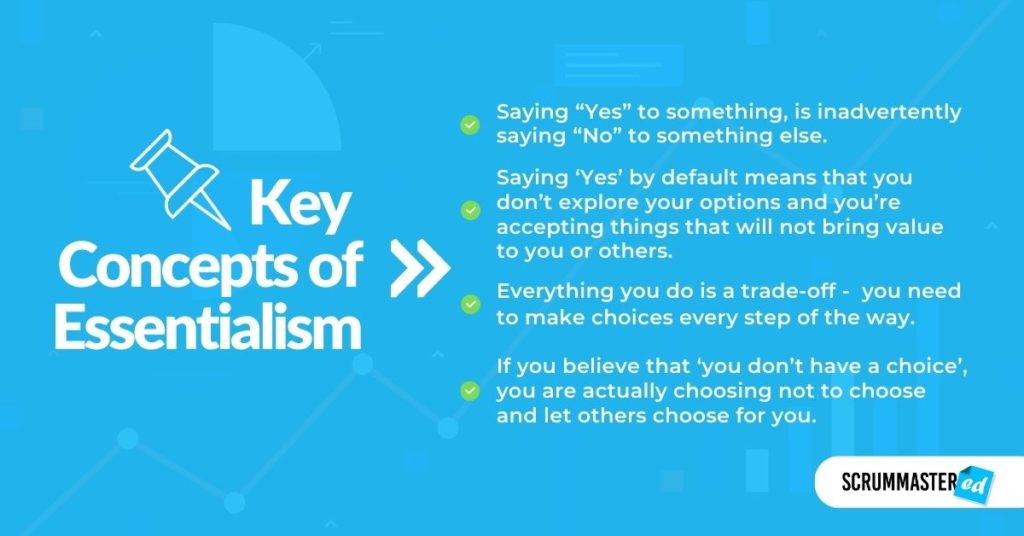
- If you say “Yes” to something, you are inadvertently saying “No” to something else. Except, by saying ‘Yes’ by default means that you don’t explore your options and maybe saying ‘Yes’ to things that will not bring value to you or others.
- So everything you do is a trade-off – this is the reality of our lives. We need to make choices every step of the way – we can choose thanks to the fact that we have free will.
- If you believe that ‘you don’t have a choice’, you are actually choosing not to choose and let others choose for you.
What are the principles of essentialism?
To focus on what’s essential, we first need to understand what non-essentialism means and why it is so popular.
The nonessentialist’s approach believes: “Everything is important, everything is a priority”; “I can do both. If I work very hard I can have it all”.
There is a lot of social pressure coming at us from all different directions – everyone has an opinion about what we should do. It’s an opinion overload!.
We have too many choices available to us. As Peter Drucker said “For the first time – literally – a substantial and rapidly growing number of people have choices. For the first time, they will have to manage by themselves. And society is totally unprepared for it”
So how do you go away from non-essentialism and instead focus on what’s really important for YOU?
- **If you say “Yes” to something, you are inadvertently saying “No” to something else. Except, by saying ‘Yes’ by default means that you don’t explore your options and maybe saying ‘Yes’ to things that will not bring value to you or others.
- So everything you do is a trade-off – this is the reality of our lives. We need to make choices every step of the way – we can choose thanks to the fact that we have free will.
- If you believe that ‘you don’t have a choice’, you are actually choosing not to choose and let others choose for you.
The paradox of success
The author of the book talks about how success can become a catalyst for failure in the concept called “the paradox of success”. It’s a repeatable pattern that many people may fall into.
- By focusing on the essential, the person achieves success.
- Thanks to that success they become the ‘go-to’ person and are presented with more options and opportunities.
- By having access to many more options and opportunities they start to diffuse their efforts.
- By diffusing our efforts they can no longer deliver at the highest level as they did when focusing on what’s important. They disappoint others, themselves, and eventually fail.
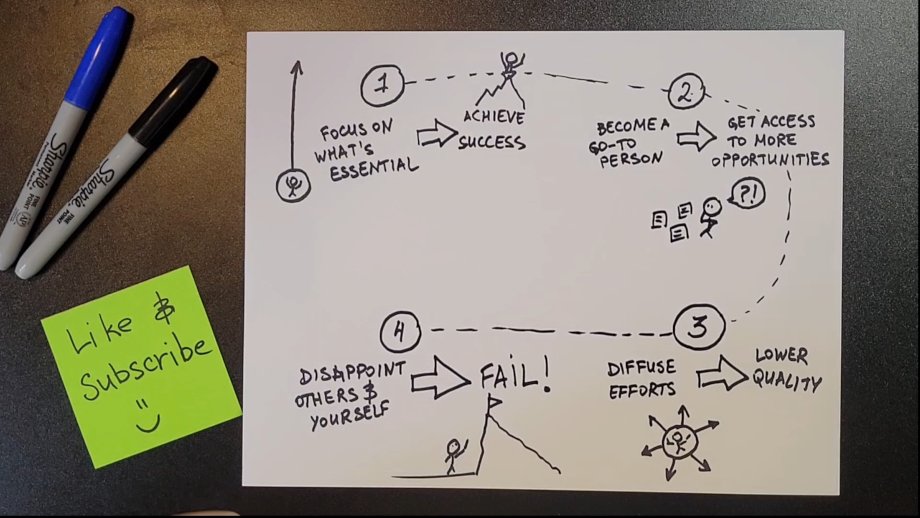
The Essentialism book, written by Greg McKeown, is all about the principles of Essentialism and the repeatable pattern of action for individuals and groups who have achieved success. The author discusses the dangers of non-essentialism, such as the prevalence of noise and commitment traps, and provides practical advice on how to focus on what’s essential. He breaks it down into three steps: Explore & Evaluate, Eliminate, and Execute.
The 3 E’s of Essentialism
As the author Greg McKeown writes, there are three steps to becoming an essentialist, the 3Es of essentialism:
- Explore and Evaluate
- Eliminate
- Execute
Let’s talk about them:
The first step is Evaluating all of your options, as in, actually set aside the time to do it, design the appropriate space for it and spend that time on that exploration.
“To discern what is truly essential we need space to think, time to look and listen, permission to play, wisdom to sleep, and the discipline to apply highly selective criteria to the choices we make.”
Once you’ve Evaluated what is truly essential you need to Eliminate everything nonessential.
The great rule to use is “It’s either “Hell, YEAH!” or “No”
Identify your essential intent – guiding principles that are both inspirational and concrete, meaningful and memorable.
Making the choice requires courage as you will be pressured to make the nonessential choice by other people, by your unwillingness to hurt someone’s feelings, by that awkwardness of the moment when you say “No”.
Saying ‘No’ often requires trading popularity by respect. Essentialists accept that they can’t be popular with everyone all of the time.
Remember this – one of my favorite quotes: “The main thing is to keep the main thing the main thing”.
One more important point here is to avoid commitment traps.
Things like the endowment effect where you value something you already own more than it is worth.
Or the most dangerous one – the sunk-cost bias where you continue to invest in something that is clearly not worth it just because you have already invested in it. Cut your losses early on.
And finally, we’re ready to Execute
Working exclusively towards essential goals will increase your productivity and your success rate.
Quotable Moments from the Book
One of the standout moments in the Essentialism book is the idea that success can actually be a catalyst for failure. The author writes, “The effect of our success has been to undermine the clarity that led to our success in the first place.” It’s a powerful reminder that we need to stay focused on what’s important. Another great quote from the book is, “The ability to choose cannot be taken away or even given away – it can only be forgotten.” It’s a reminder that we always have a choice, as long as we have free will.
The book also highlights the importance of avoiding learned helplessness and the prevalence of noise in our lives. To be successful as an Essentialist, we must be able to distinguish the vital few from the trivial many and understand that everything we do is a trade-off.
A Must-Read for Agile Professionals
The Essentialism book is a must-read for anyone looking to focus on what’s truly essential in life. But it’s especially relevant for Agile professionals.
I would say that this book, even though not necessarily related to Agile or Scrum, is a must-read for any Agile professional.
The observations about the reality of trade-offs and the importance of focusing on what’s important are spot-on for anyone in the Agile world.
In conclusion, Essentialism is a powerful framework for individuals and organizations looking to make better choices, prioritize their goals, and achieve success. By embracing the principles of Essentialism, we can eliminate the non-essential, focus on what really matters, and achieve our full potential.
I’ve read this book and I found it extremely useful for myself personally, but I could also see how it aligns with Agile values and principles.
You can now watch the full video on essentialism, diving deeper into the book’s key insights and how they can be applied to your work. So what are you waiting for? Click the play button and join me on this Essentialism journey now!
